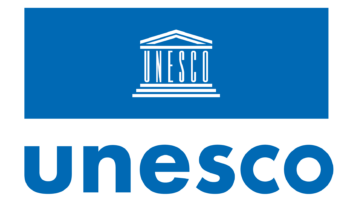Join us Sunday, April 17 at 4 p.m. for ‘Virtualization in the Broadcast Industry’ room S227 at NAB.
Virtualization is being adapted as a key driver of radio station automation. How successful has that been? Virtualizing resources by creating a virtual version of a server, storage device, network, or operating system, provides more efficient and cost-effective access to core system processes and components. A must to stay competitive in today’s market. This article provides insight for those looking to implement virtualized radio automation solutions into their real world environments.
First up is a brief primer, Best Practices for Virtualization of Broadcast Automation, that defines virtualization and its benefits when put into practice with radio station automation. While the initial capital outlay may be higher than traditional automation workstations, the cost savings are realized in maintenance costs and the cost of hardware upgrades. This is due, in large part, because the upgraded hardware is a shared resource utilized by every virtual workstation and file server on the network. Additionally, the cost of powering and cooling the system is drastically lower that powering and cooling a traditional system, especially considering the power drawn when systems are in standby. Find out more in The Benefits of Virtualization for Automated Studios.
Next, we’ll see virtualization in action with this video demonstration by David Turner, Executive Vice President of ENCO, who does some show and tell on what a virtualized automation solution looks like and how it works.

Then, let’s look at the real-life experiences of two stations that are using and gaining advantage with ENCO’s radio automation solutions today.
Tom Barclay, Radio Operations Manager, Georgia Public Broadcasting, writes about how he used ENCO’s DAD to manage two completely different program streams, drive up to 18 different IDs per hour and handle local content insertion for unmanned stations demands an automation system that is reliable, feature-rich and easy to use.
And then check out how Greg Armstrong, Director of Engineering for WBNS-AM-FM, RadiOhio, used an ENCO1 virtualized server solution to reduce footprint, costs and complexity for the Columbus, Ohio broadcaster’s two radio stations, WBNS AM and FM.
Finally, to understand more specifically about how radio automation software works, check out this product description from ENCO, one of the leaders in virtualized radio automation solutions, including how it works and its benefits.











